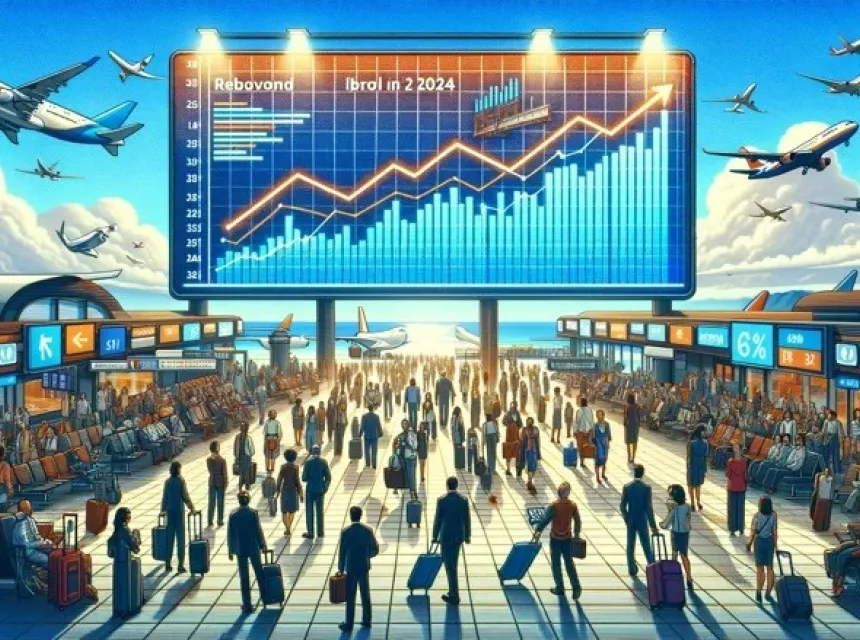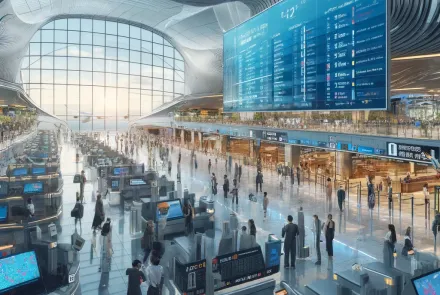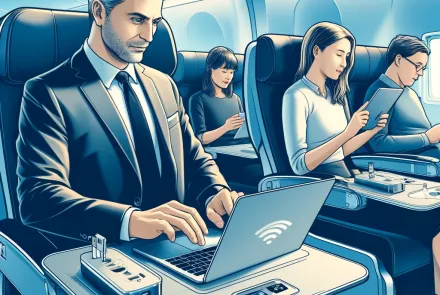Taking Flight : Exploring Emerging Markets in Air Travel and Their Opportunities and Challenges
As global connectivity continues to expand, emerging markets in air travel present new opportunities and challenges for airlines, airports, and travelers alike. These burgeoning regions, characterized by rapid economic growth, increasing urbanization, and rising disposable incomes, offer immense potential for air travel growth but also pose unique challenges for industry stakeholders.
1. Economic Growth and Rising Demand:
- Emerging markets are experiencing rapid economic growth, leading to an expanding middle class with greater purchasing power and a growing appetite for air travel. Rising incomes, urbanization, and globalization drive demand for both leisure and business travel, presenting lucrative opportunities for airlines to expand their routes and capture new markets.
- However, economic volatility, currency fluctuations, and geopolitical instability in emerging markets can impact consumer confidence, discretionary spending, and travel patterns, posing challenges for airlines seeking to establish a foothold in these regions.
2. Infrastructure Development and Connectivity:
- Infrastructure development and improvements in emerging markets are essential for supporting air travel growth and enhancing connectivity within and across regions. Investments in airport expansion, runway upgrades, air traffic management systems, and ground transportation infrastructure are critical to accommodate increasing passenger volumes and facilitate seamless travel experiences.
- However, infrastructure constraints, funding limitations, and bureaucratic hurdles can delay projects and impede progress, hindering the development of efficient and interconnected aviation networks in emerging markets.
3. Regulatory and Policy Considerations:
- Regulatory frameworks, government policies, and aviation agreements play a crucial role in shaping air travel dynamics and market access in emerging regions. Open skies agreements, visa policies, and bilateral agreements influence route allocations, market competition, and airline operations in these markets.
- However, regulatory inconsistencies, protectionist measures, and bureaucratic red tape can create barriers to entry, limit market access, and stifle competition, posing challenges for airlines seeking to expand into emerging markets.
4. Cultural and Socioeconomic Factors:
- Cultural norms, societal values, and consumer preferences vary across emerging markets, influencing travel behaviors, preferences, and service expectations. Airlines must tailor their products, services, and marketing strategies to cater to the unique needs and preferences of local populations.
- However, cultural barriers, language differences, and socio-economic disparities can pose challenges for airlines in understanding and effectively serving diverse customer segments in emerging markets, requiring sensitivity, adaptability, and localization strategies.
5. Competition and Market Dynamics:
- Emerging markets in air travel are characterized by intense competition, with both legacy carriers and low-cost carriers vying for market share and customer loyalty. Price-sensitive consumers, market fragmentation, and regulatory constraints contribute to fierce competition and pricing pressures.
- However, market saturation, overcapacity, and predatory pricing practices can lead to consolidation, route rationalization, and profitability challenges for airlines operating in crowded and competitive emerging markets.






